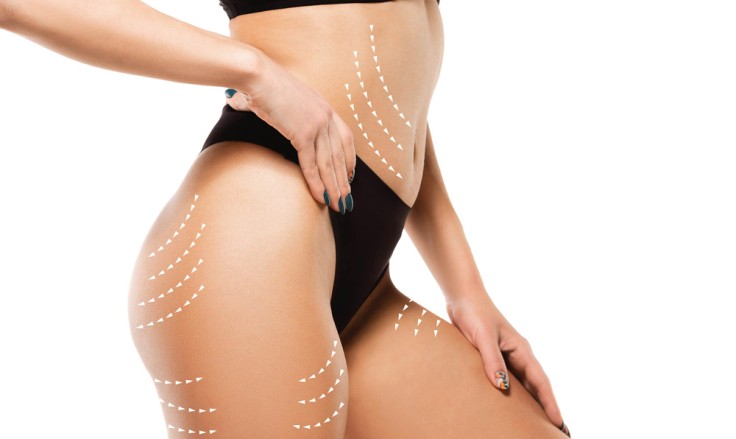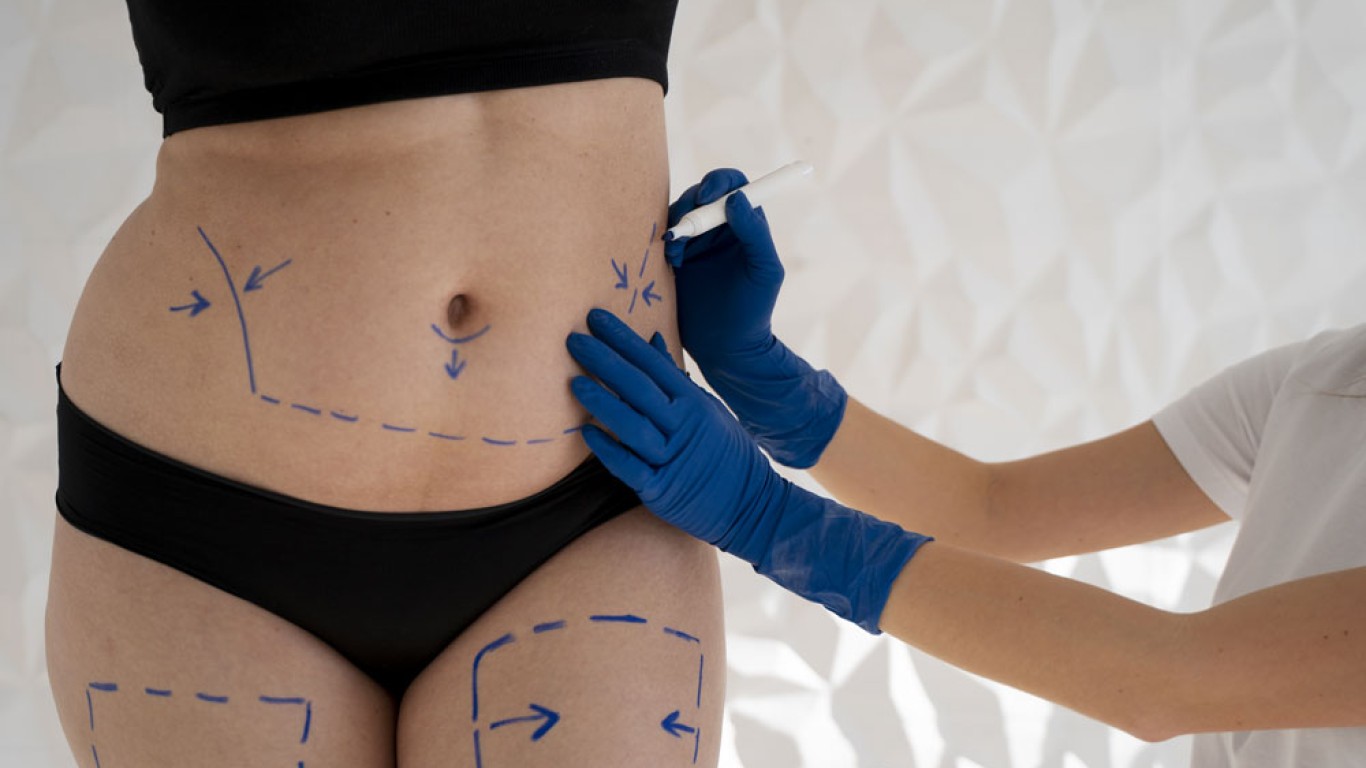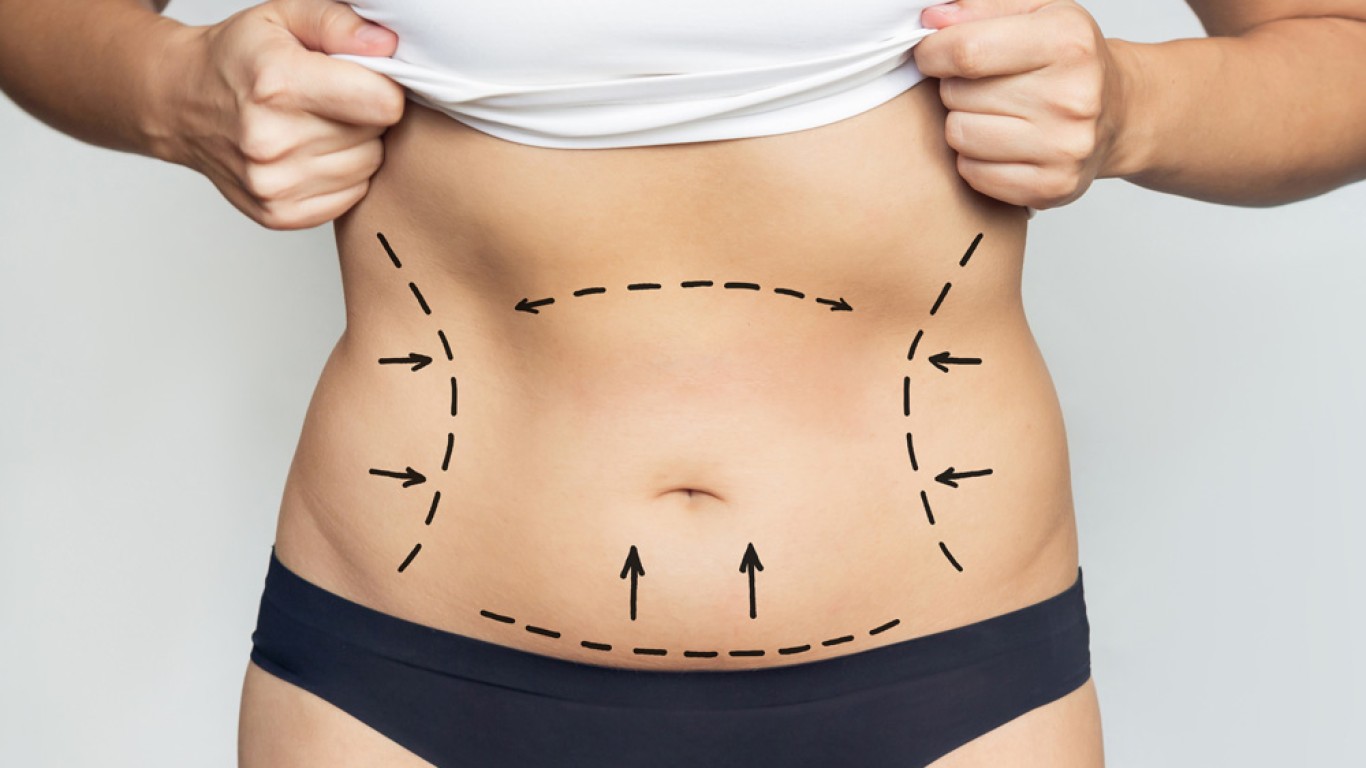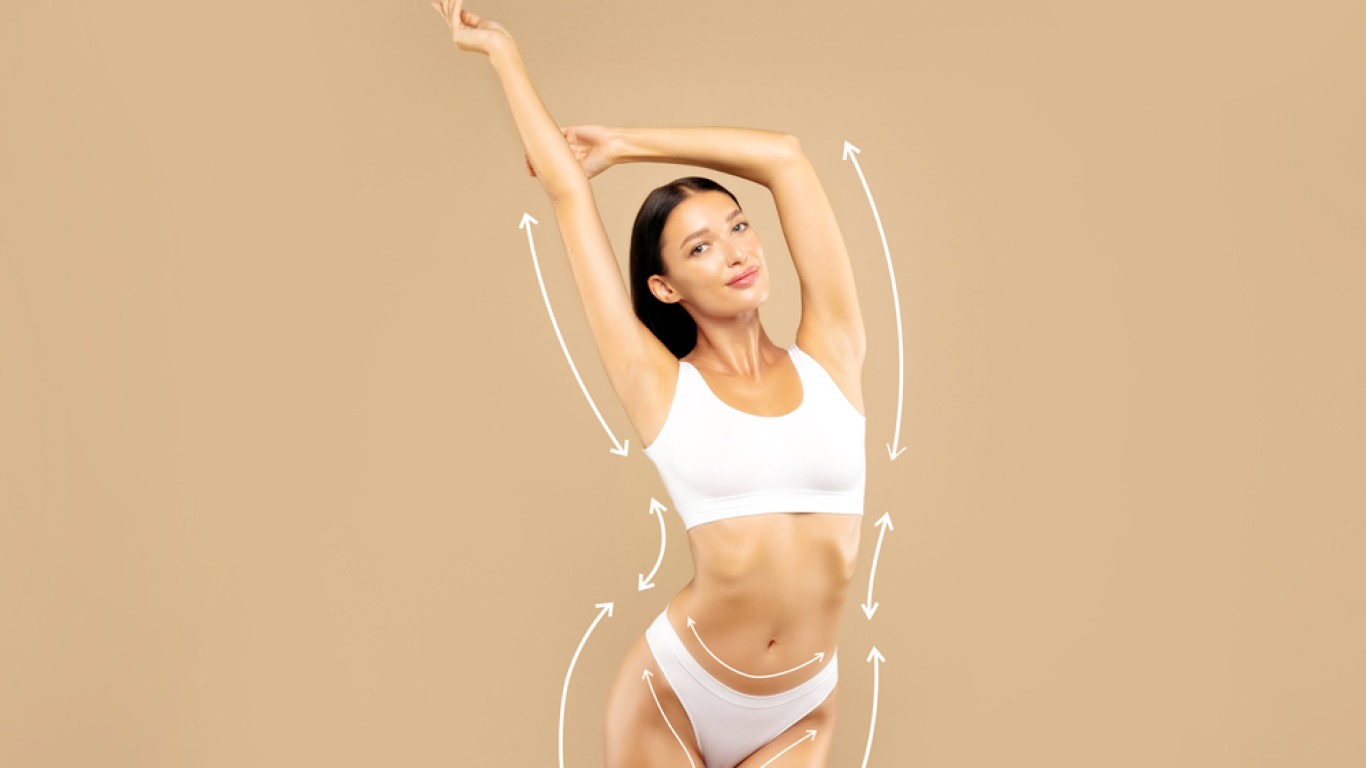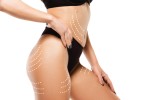Introduction
In recent years, laser lipolysis has become one of the most popular body-contouring techniques worldwide. It’s particularly appealing for those seeking effective fat removal without extensive downtime or surgery. By combining science and precision, laser lipolysis delivers smoother, sculpted results that enhance body confidence naturally.
This article explains how the procedure works, what recovery involves and how costs vary depending on treatment area and technology.
So, What Is Laser Lipolysis?
Laser lipolysis is a minimally-invasive fat reduction treatment that uses laser energy to target and liquefy unwanted fat cells. Unlike traditional liposuction, it requires only tiny incisions (or none at all).
The heat generated by the laser breaks down fat, which is then removed naturally or suctioned gently. Additionally, the procedure stimulates collagen production, leading to firmer and more elastic skin. This dual benefit makes this procedure one of the most versatile aesthetic options available.
How Laser Lipolysis Works
During laser lipolysis, a fine laser fibre is inserted under the skin through a small entry point. The laser energy precisely targets fat cells without damaging the surrounding tissues.
As the fat liquefies, it’s either naturally metabolised or extracted through light suction. Meanwhile, the heat triggers collagen remodelling, tightening the treated area over time. The result is a smoother, more defined contour and gradual skin improvement.
Treatment Areas Commonly Addressed By Laser Lipolysis
Laser lipolysis can treat several areas resistant to diet and exercise. Popular regions include:
- Abdomen
- Thighs
- Flanks
- Upper arms
- Chin and jawline
Its precision makes it ideal for sculpting smaller or delicate zones, especially where skin tightening is also desired.
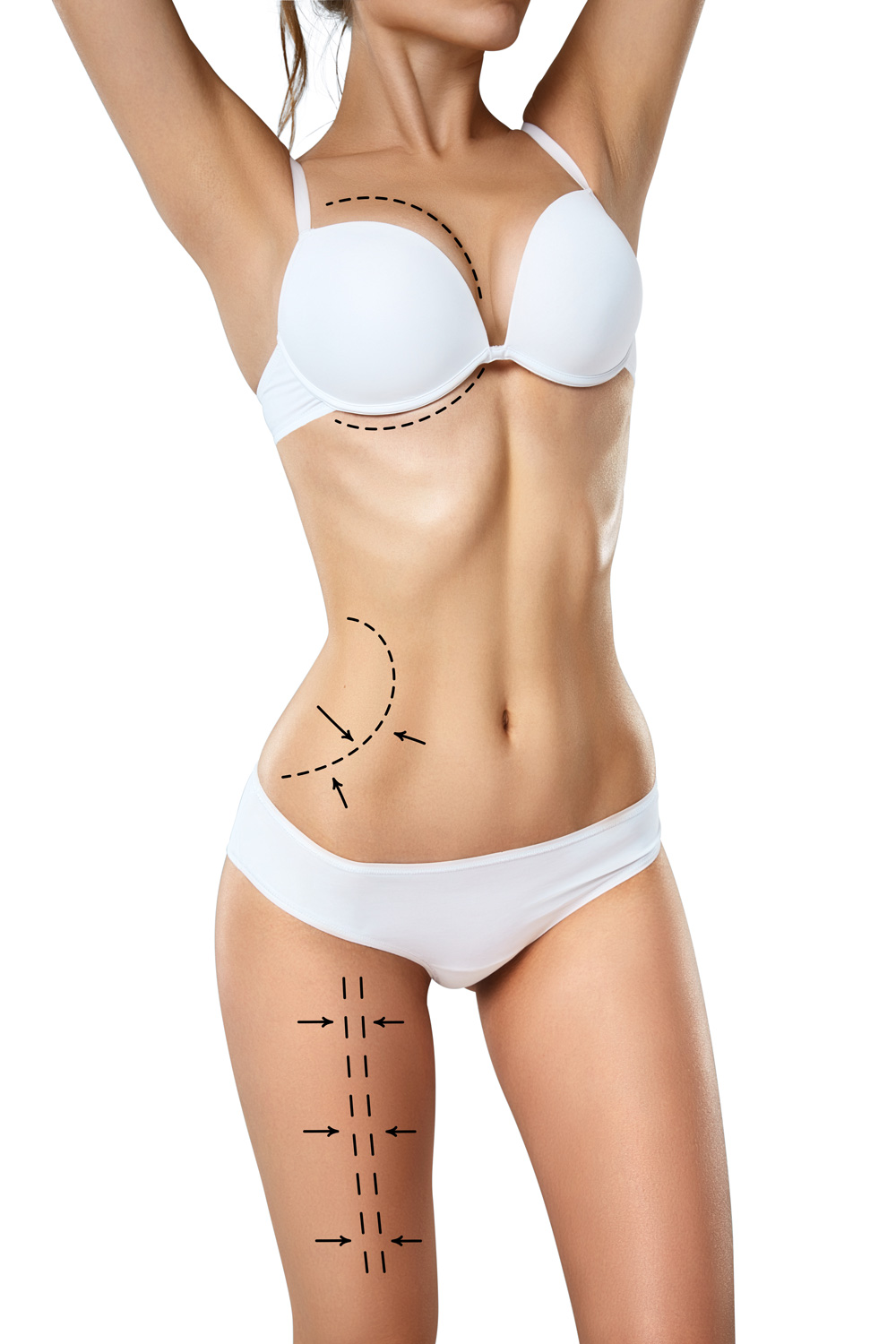
What About Laser Lipolysis vs Traditional Liposuction?
Both techniques remove fat effectively but they differ in their approach and recovery time. Traditional liposuction involves larger incisions, manual suction and longer healing periods.
In contrast, laser lipolysis uses targeted laser energy, which creates less trauma and minimal swelling. Recovery is faster, results appear smoother and skin often looks tighter post-procedure.
For patients seeking subtle contouring rather than major fat removal, laser lipolysis is often the preferred option.
Who Is an Ideal Candidate for Laser Lipolysis?
The best candidates for this treatment are those who are close to their target weight, but who are struggling with localised fat deposits. They should have good skin elasticity to ensure optimal tightening after treatment.
It’s also important to maintain realistic expectations - laser lipolysis refines contours but it’s not a weight-loss solution. A consultation helps determine if the treatment suits your goals, skin type, and body condition.
The Laser Lipolysis Procedure Step-by-Step
- Consultation: A specialist evaluates your medical history and treatment goals.
- Preparation: The area is cleaned, marked, and numbed with local anaesthesia.
- Laser Application: A thin fibre delivers laser energy beneath the skin, melting fat cells.
- Fat Removal: Liquefied fat is either suctioned or absorbed naturally over time.
- Finishing Touches: A compression garment may be applied to aid healing and contouring.
- The entire process typically takes 45 to 90 minutes depending on the treatment area.
Recovery Process
Recovery is speedy compared to traditional methods. Mild swelling or bruising may occur but this usually resolves within a few days. Most patients will return to daily routines within 24 to 48 hours. It’s recommended to avoid heavy exercise or heat exposure for the first week. Compression garments can be used to support healing and help maintain smoother contours. Visible results often begin within a few weeks, continuing to improve as collagen production increases.
Expected Results and Longevity
Results from laser lipolysis develop gradually over a 2-3 month period. As the body processes liquefied fat, contours become more defined and toned. The tightening effect also enhances skin texture and firmness.
When paired with a healthy lifestyle, results can last for several years. Because fat cells are permanently removed, treated areas maintain their improved shape long-term.
Cost Factors of Laser Lipolysis
The cost of this treatment depends on several factors, including:
- Treatment area size
- Number of sessions required
- Clinic location and technology used
- Practitioner’s experience
Smaller areas like the chin or arms may need just the one session. Larger zones, such as the abdomen or thighs, might require multiple treatments for optimal results.
Although laser lipolysis can be more expensive than basic non-invasive methods, its precision and skin-tightening benefits justify the investment for many patients.
Conclusion
Laser lipolysis provides a modern, precise solution for reshaping the body and improving skin tone. With minimal downtime, long-lasting results and natural contouring, it bridges the gap between surgical and non-surgical techniques.
Whether targeting small areas or full-body refinement, it remains a top choice for those seeking confident transformation.
For more information and to book a consultation visit the ACIBADEM Beauty Center website.
Frequently Asked Questions
Yes, when performed by trained professionals using certified technology.
Most patients resume normal activities within one or two days.
Fat cells removed during laser lipolysis do not return if a stable weight is maintained.
Yes, the laser stimulates collagen production for firmer, smoother skin.
Typically, one to three sessions depending on treatment area and goals.
